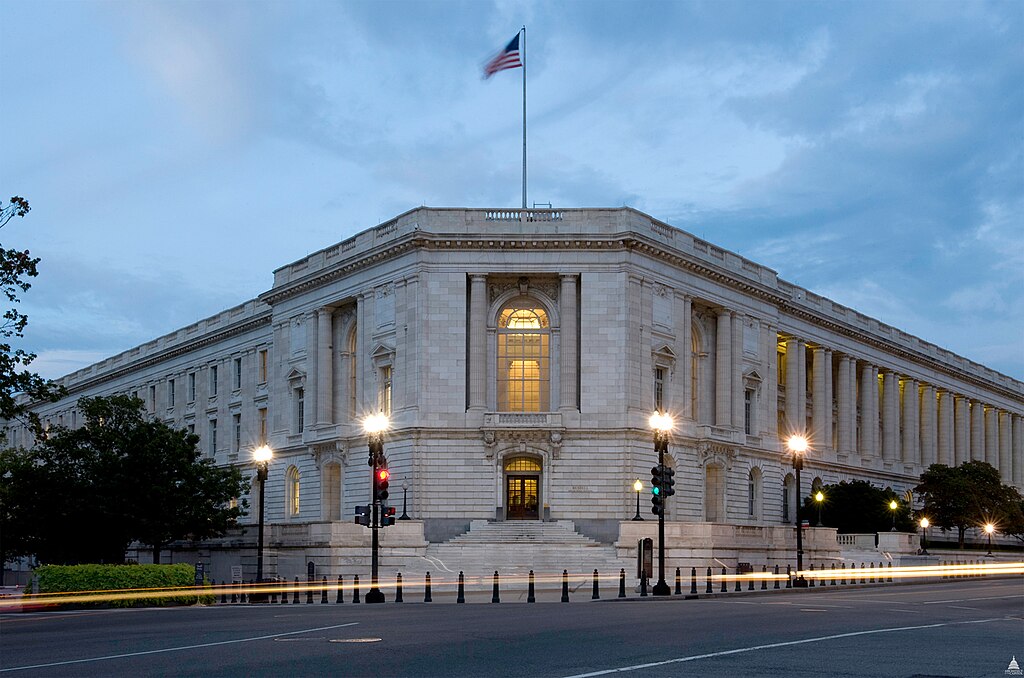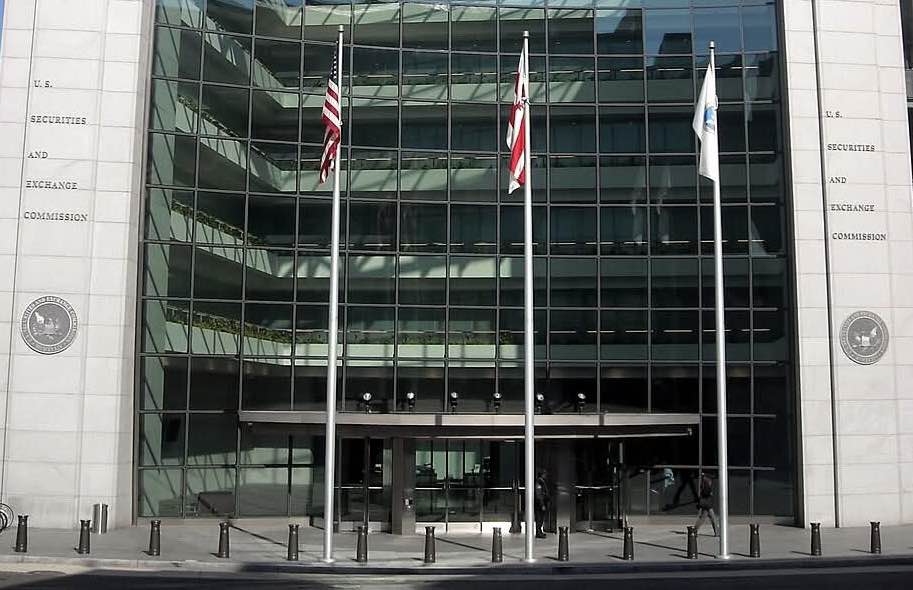The U.S. may be entering a new era in monetary finance, with stablecoins paving the way toward “narrow banking”—a concept long favored by economists. Unlike traditional fractional-reserve banking, where banks lend out most of their deposits, narrow banking separates money creation and credit. Deposits are fully backed by safe assets like U.S. Treasuries, reducing the risk of bank runs and financial instability.
Fractional-reserve banking emerged in medieval Italy, enabling long-distance payments but also introducing systemic risk. Over time, central banks and deposit insurance helped reduce crisis frequency, yet vulnerabilities remain. The Chicago Plan, proposed in the 1930s, suggested a full-reserve system to stabilize payments and lending. While sound in theory, political and financial resistance—especially from powerful banking lobbies—prevented its adoption.
Now, the rapid growth of stablecoins—blockchain-based digital tokens pegged to fiat currencies—is creating an opening. With over $250 billion in circulation and $35 trillion in annual transaction volume, stablecoins are evolving beyond crypto trading into real-world uses like remittances and payments in unstable economies. The U.S. Congress is also stepping in, proposing regulations that require stablecoins to be fully backed by high-quality liquid assets, echoing the principles of narrow banking.
The shift is further supported by geopolitical and structural changes. With shadow banking and bond markets already dominating U.S. credit, transitioning away from bank-led money creation is more feasible. Politically, growing populist discontent with banks and rising institutional interest in DeFi are reshaping the landscape. For the U.S., this transformation also strengthens the dollar’s global role and boosts demand for Treasury securities.
If embraced, stablecoin-driven narrow banking could reshape global finance—enhancing stability, redefining power dynamics, and ushering in a new chapter of monetary innovation.

























Comment 0